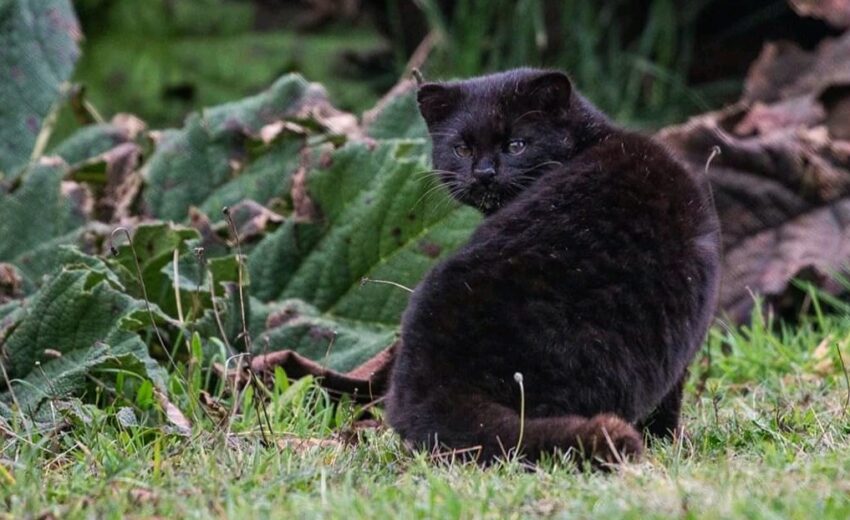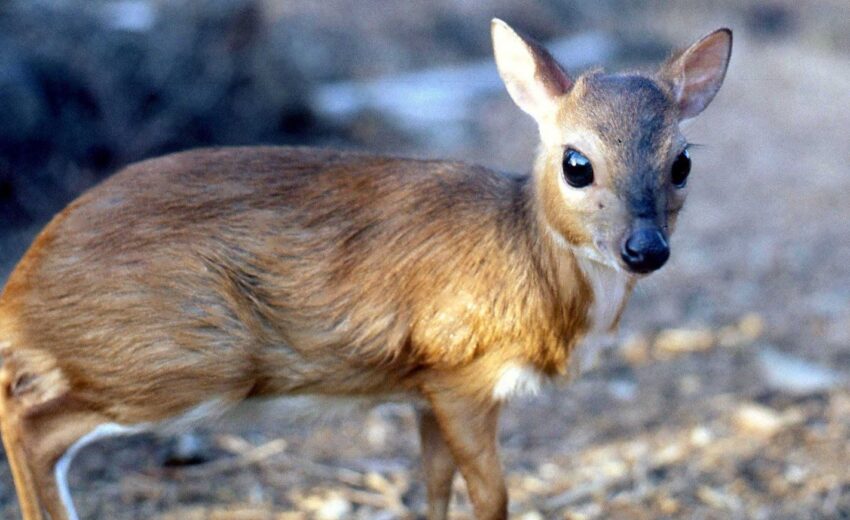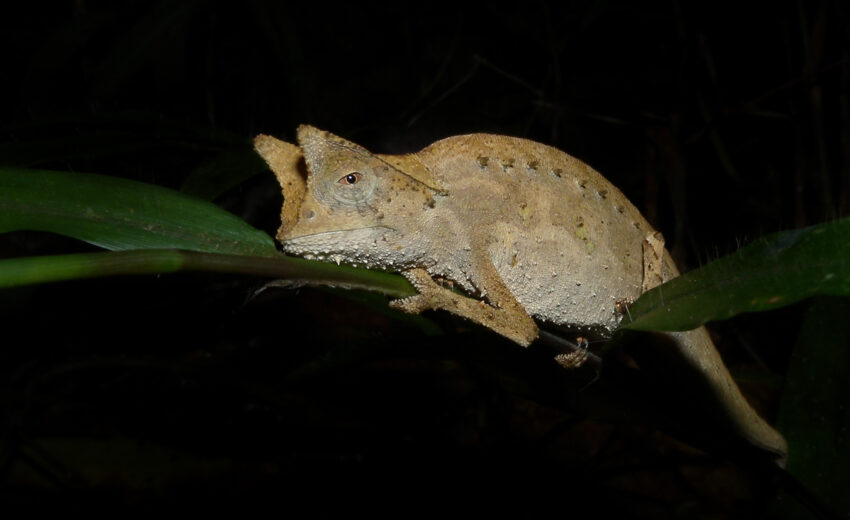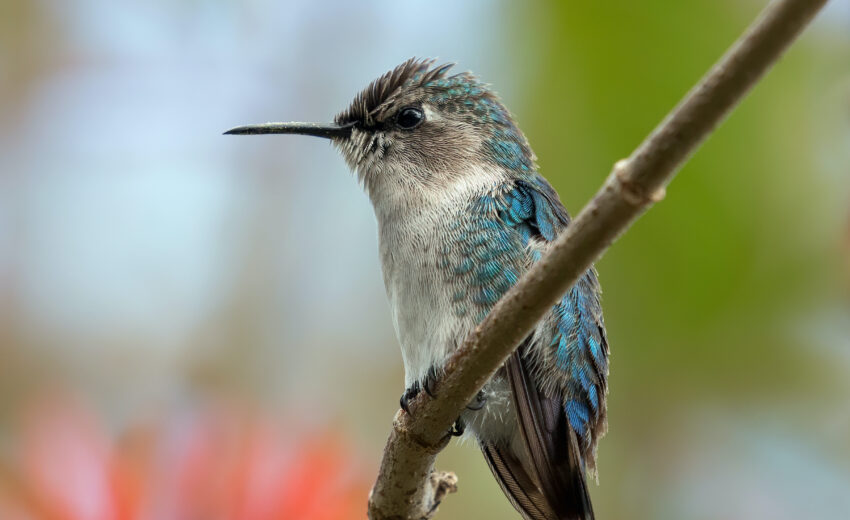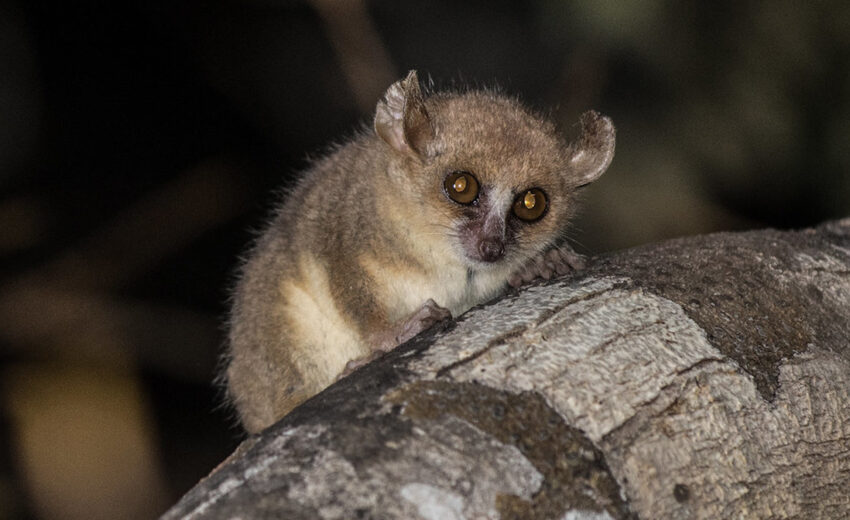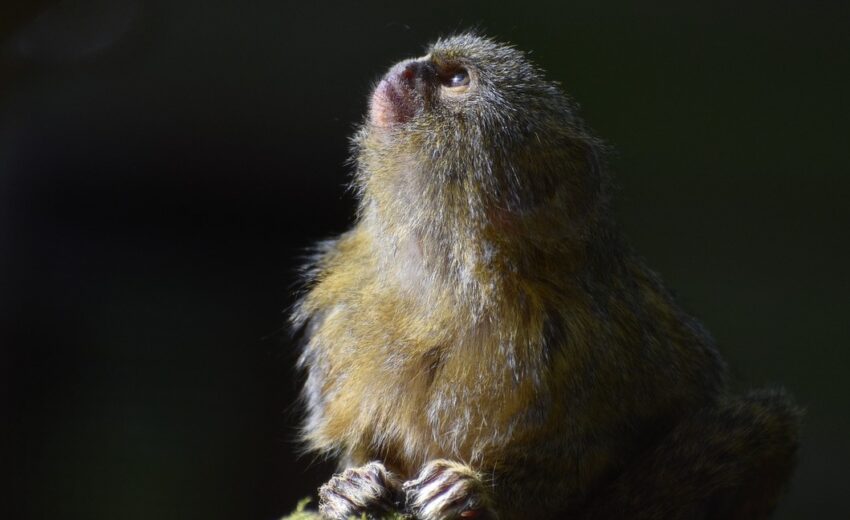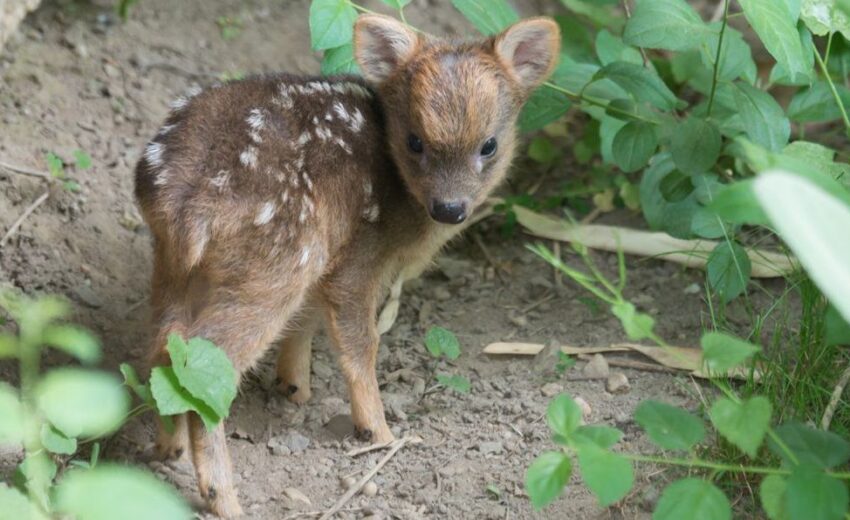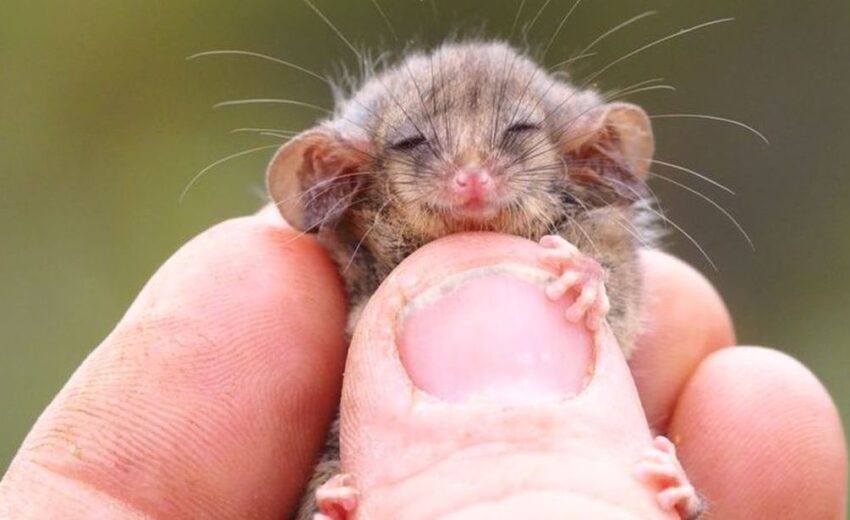As 1 of the smallest known cats in the western hemisphere, the kodkod (aka guigna) can be found in Chile and Argentina. They prefer deciduous, temperate, moist forests, coniferous
- Zoology
- Daily Critter Facts
- For Teachers
- Study Guides
- Animal Diseases & Parasites
- Contact

